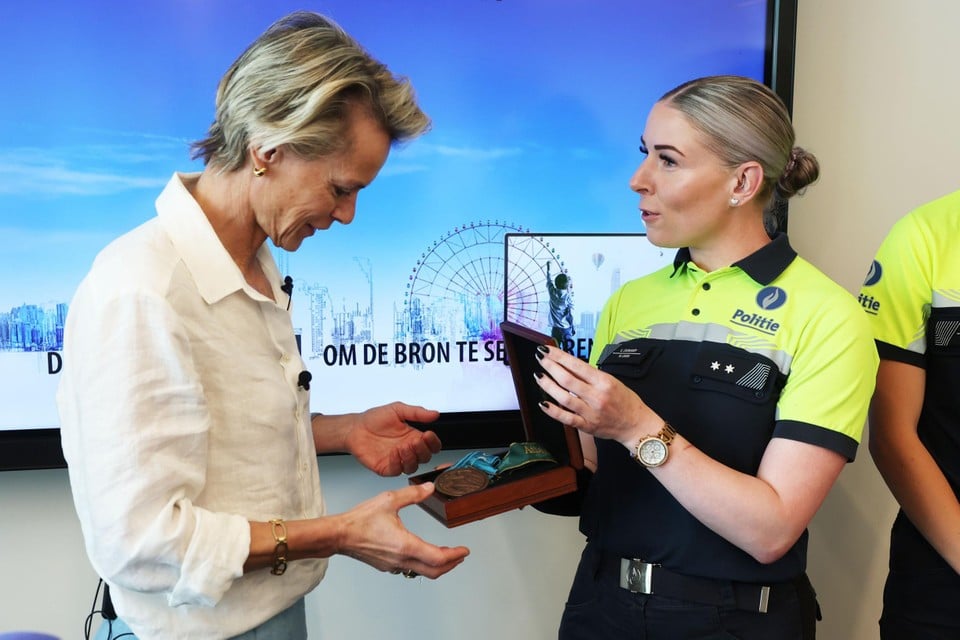Scientists first saw a row of a predatory snail from New Zealand

The snails of this species are slowly multiply and poorly adapted to new environments
Photo: Department of Conservation
The unusual reproductive functions of the Great Predator of New Zealand Snail were previously shrouded. Recently, scientists have been able to see for the first time the mollusk lays an egg from her neck.
About it informs Associated Press with reference and local nature conservation agency.
On the roller you can see how a light ball, similar to a tiny chicken egg, appears from the hole under the head of the snail species of the Powellifanta augusta, which is endangered.
The video was shot on the west coast of the South Island of New Zealand, where the Rangers look after the population of snails, trying to save them from extinction.
Shellfish there is stored in chilled containers that mimic the conditions of their once unified habitat – the distant Mount Ogastus, which is on the west coast of the South Island. Now the mining industry has been launched there.
Lisa Flanagan from the Department of Conservation of Nature, which has worked with these snails for the last 12 years, said that this species is still hiding many surprises.
« It is noteworthy that all the time of our snail care, we first see how one of them lays the egg »– said the scientist.
Dozens of species and subspecies of Powellifanta snails occur only in New Zealand. They mainly inhabit forests and meadows, where they are threatened with loss of habitat.
Individuals of this kind are carnivorous and eat earthworms as noodles. They are one of the largest in the world. The snails have large characteristic shells of saturated earthen colors with twisted patterns.
Like other snails, representatives of Powelliphanta augusta are hermaphrodites and can multiply in a hard shell. These invertebrates use the genital opening in the right side of the body to simultaneously exchange sperm with another snail.
After reaching puberty, requiring eight years, snails lay about five eggs a year. Hatching offspring can take more than a year.
« Some of our snails are from 25 to 30 years. They are the full opposite Said Lisa Flanagan.
In the 2000s, the plans to produce coal with the existence of Powelliphanta augusta on Mount Ogastus were threatened with destruction.
Because of this, about four thousand individuals were taken out, and two thousand more were placed in a chilled storage. They have succeeded to maintain a species that slowly multiply and adapts poorly to new habitats.
In 2011, about 800 snails were killed in the Nature Security Department because of a faulty temperature controller.
However, the slow recovery of the species continues. According to the nature conservation agency, in March 2025, nearly 1900 snails of this species lived in captivity, which planted almost 2,200 eggs.
We will remind, scientists after 100 years of searches managed for the first time A rare type of squid In his natural habitat – at a depth of 600 meters.







